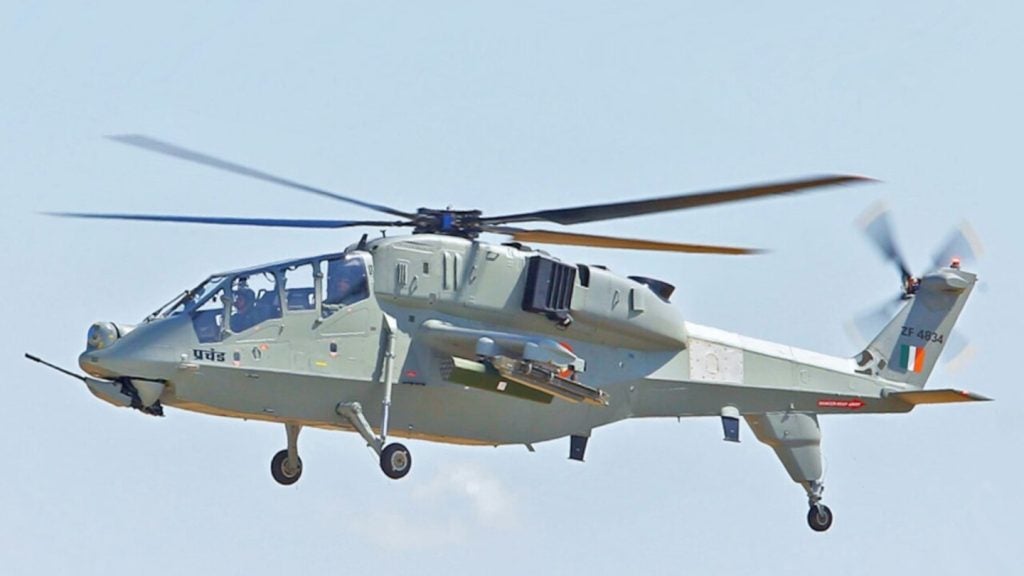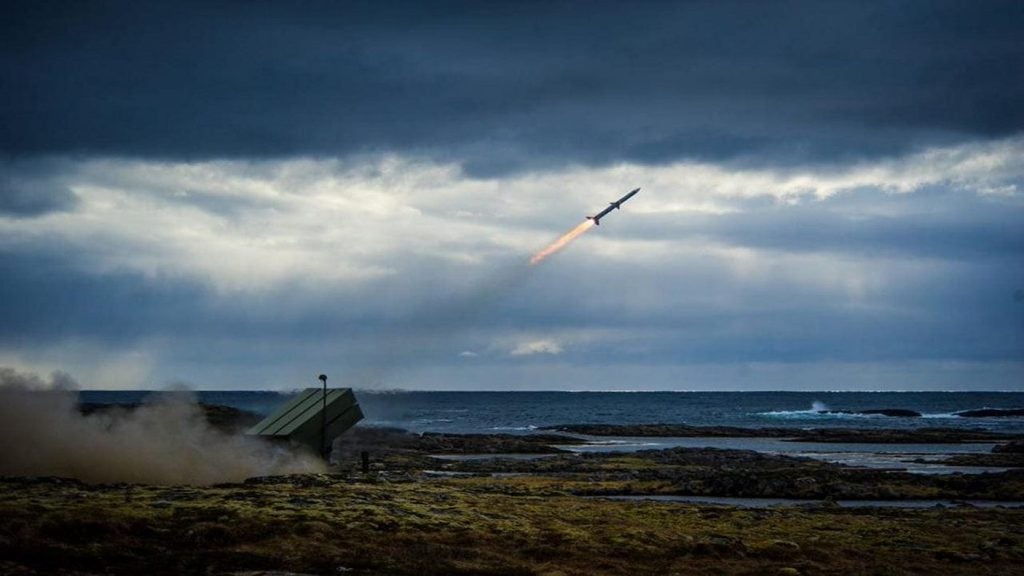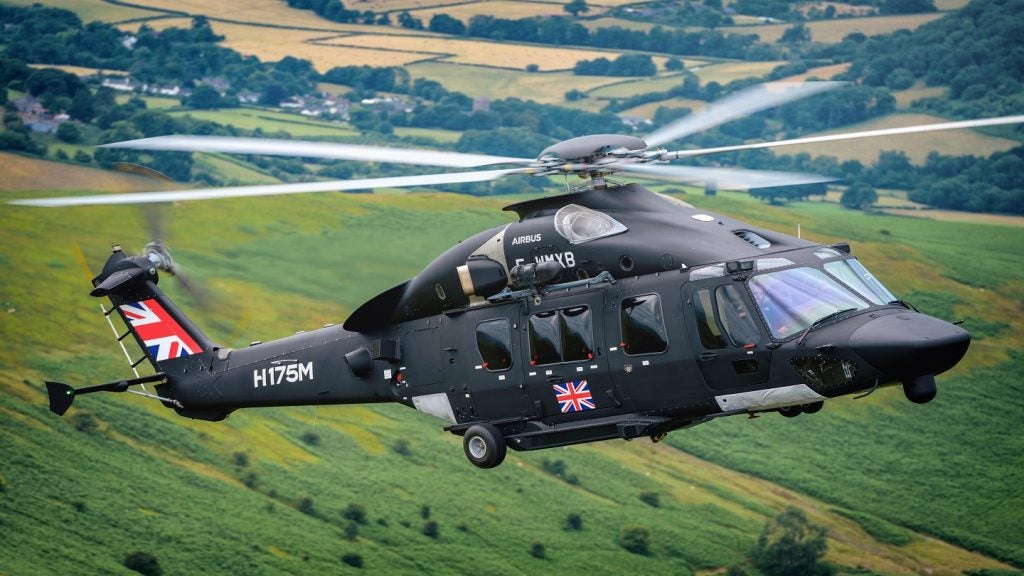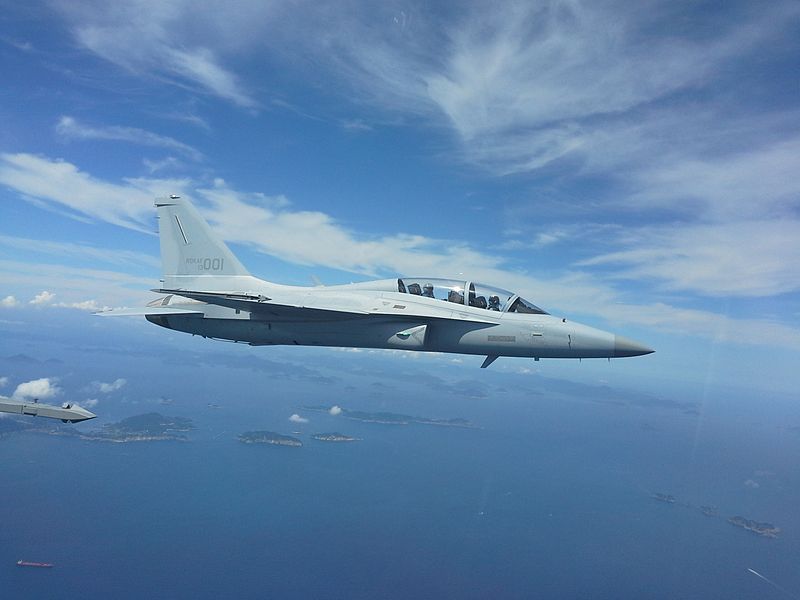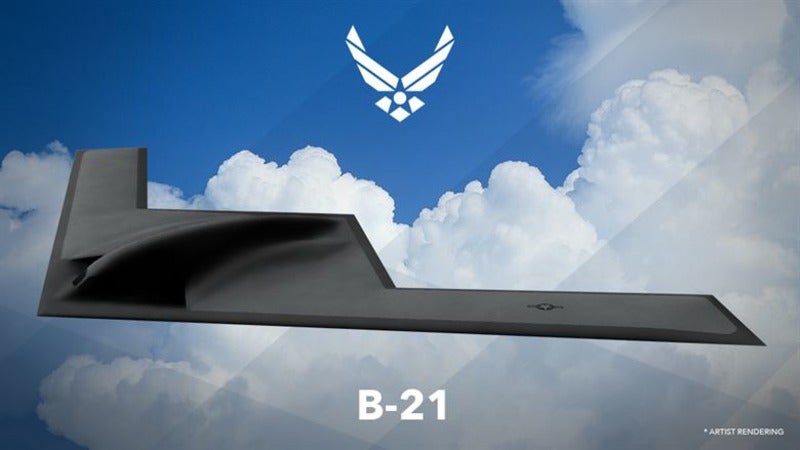
The US Air Force (USAF) is set to analyse two airforce bases (AFB) as basing alternatives for the department’s new B-21 bomber aircraft.
The two AFBs are located in the US in Dyess, Texas, and Ellsworth, South Dakota.
The service has issued a notice of intent to prepare an Environmental Impact Statement (EIS) for the B-21 Main Operating Base 1 (Mob 1) bed down proposal. It includes two B-21 operational squadrons, a B-21 formal training unit (FTU), and a weapons generation facility (WGF).
The EIS will be prepared in accordance with the National Environmental Policy Act (NEPA) of 1969. It will evaluate the proposal’s potential environmental consequences to bed down the aircraft.
According to the USAF, MOB 1, MOB 2, and MOB 3 will be conducted for the B-21 bed down.
Six scoping meetings will be held in local communities surrounding Dyess and Ellsworth AFBs.
How well do you really know your competitors?
Access the most comprehensive Company Profiles on the market, powered by GlobalData. Save hours of research. Gain competitive edge.

Thank you!
Your download email will arrive shortly
Not ready to buy yet? Download a free sample
We are confident about the unique quality of our Company Profiles. However, we want you to make the most beneficial decision for your business, so we offer a free sample that you can download by submitting the below form
By GlobalDataThey will involve informing the public about the proposal, as well as soliciting comments and concerns from interested locals, state, and federal agencies and the public.
The EIS could focus on examining the land use impact, airspace, safety, noise, hazardous materials and solid waste, as well as physical, cultural and biological resources.
Furthermore, it could include investigating the impact on air quality, transportation, socioeconomics, and environmental justice.
Once selected, MOB 1 will support training on how to operate and maintain the B-21 aircraft.
MOB 2 and 3 locations will be selected once MOB 1 is finalised.
The Air Force Global Strike Command will operate the B-21, also known as Raider.
Designed to perform conventional and nuclear roles, the aircraft is expected to commence operational service in the 2020s.
The service has plans to acquire approximately 100 B-21 aircraft, which are being built by Northrop Grumman.
In April 2019, the USAF selected Ellsworth AFB as the first location for B-21 Raider bomber and to serve as the formal training unit.



